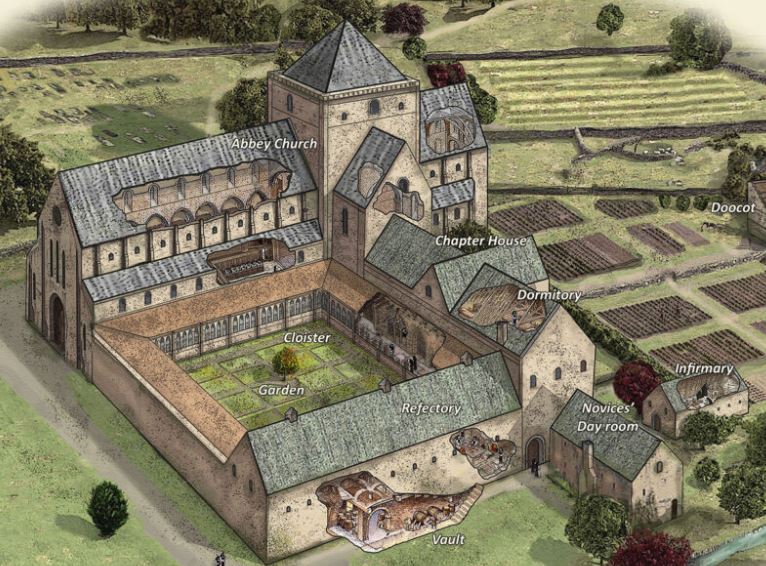
The Abbey of St Mary
The Society’s interest in the Abbey dates to 2010 when we surveyed the ruins of Abbey Village. The survey grew out of a nation-wide project on Scotland’s Rural Past. Our focus then shifted to the Abbey itself. Unlike the Border abbeys, nothing remains, or so it seems. As someone has written, Scone Abbey at least survives as a rockery. For Haddington, there was only a name on a map and ‘The Nuns’ Graveyard’.
We started with archive research: aerial photographs which showed extensive crop marks, an estate plan of 1767 found in the archives of the Earl of Wemyss, the Registers of the Great Seal. These helped narrow down the search. We followed with a field walk which disclosed fragments of floor tiles and a single human molar. Analysis showed the tiles were early 14 th century made from Amsterdam clay. The tooth was from a young adult and had no signs of decay. Nun or farm labourer?
We next called in Edinburgh Archaeological Field Society who carried out a resistivity survey of the most promising area. It showed clear evidence for the southern and part of the eastern range. The ‘graveyard’ was initially a puzzle. There shouldn’t be one in that position. Mystery was solved when it became clear the graveyard was in fact the Abbey church. Post-reformation and the destruction of the church, people still wanted to be buried in once-consecrated ground.
We also found more about the people of the Abbey: the life of the colourful last prioress, the petition to the Vatican for admittance from a woman lame in one leg, who could not sing, and was the illegitimate daughter of a priest, the trumped-up liaison of the Earl of Bothwell with the blacksmith’s daughter which led to his divorce and cleared the way for his marriage to Mary, Queen of Scots.
Click here to read more about our discoveries in our paper ‘A considerable monastery, now so entirely demolished’: Rediscovering the Abbey of St Mary, Haddington’
The Society will circulate any requests for involvement in subsequent projects.
- Geophysical Survey at Abbey Mill FarmThe results of the geophysical survey at Abbey Mill Farm are now available and make interesting reading. You can view the final…
- The Abbey of St Mary: Reports & PapersPlasma spectrometry analysis (ICPS) of glazed floor tiles from the Cistercian nunnery of Haddington, East Lothian – M.J.Hughes Geophysical Survey at Abbey…
- Abbey of St Mary’s: Information Panel InstalledThe society has been researching the history of the Abbey for some time and recently distilled this into an information panel. The…
- Haddington’s Abbey TrailThis trail leads to the site of the Abbey of St Mary, once one of the richest medieval convents in the Lothians.…
- The Abbey of St Mary, Haddington: BeginningsThe Abbey was founded by Countess Ada of Northumbria in 1158 as a nunnery. She was the daughter-in-law of David 1st, the…
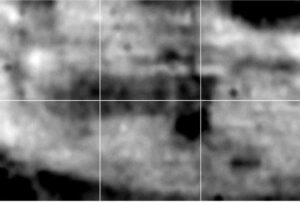
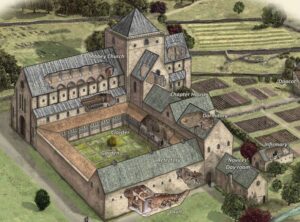
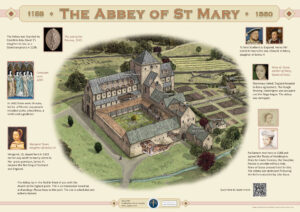
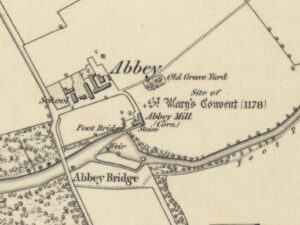

You must be logged in to post a comment.